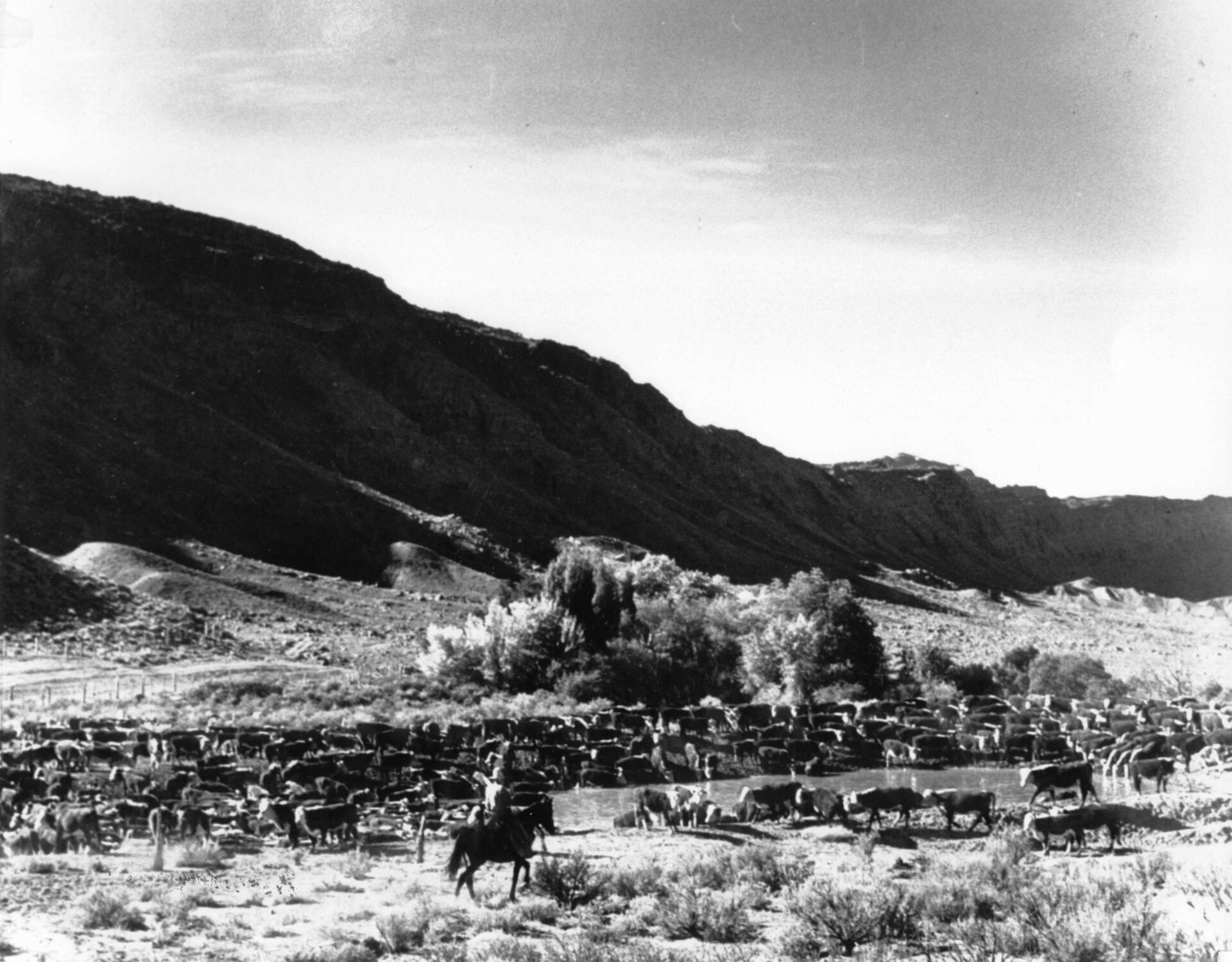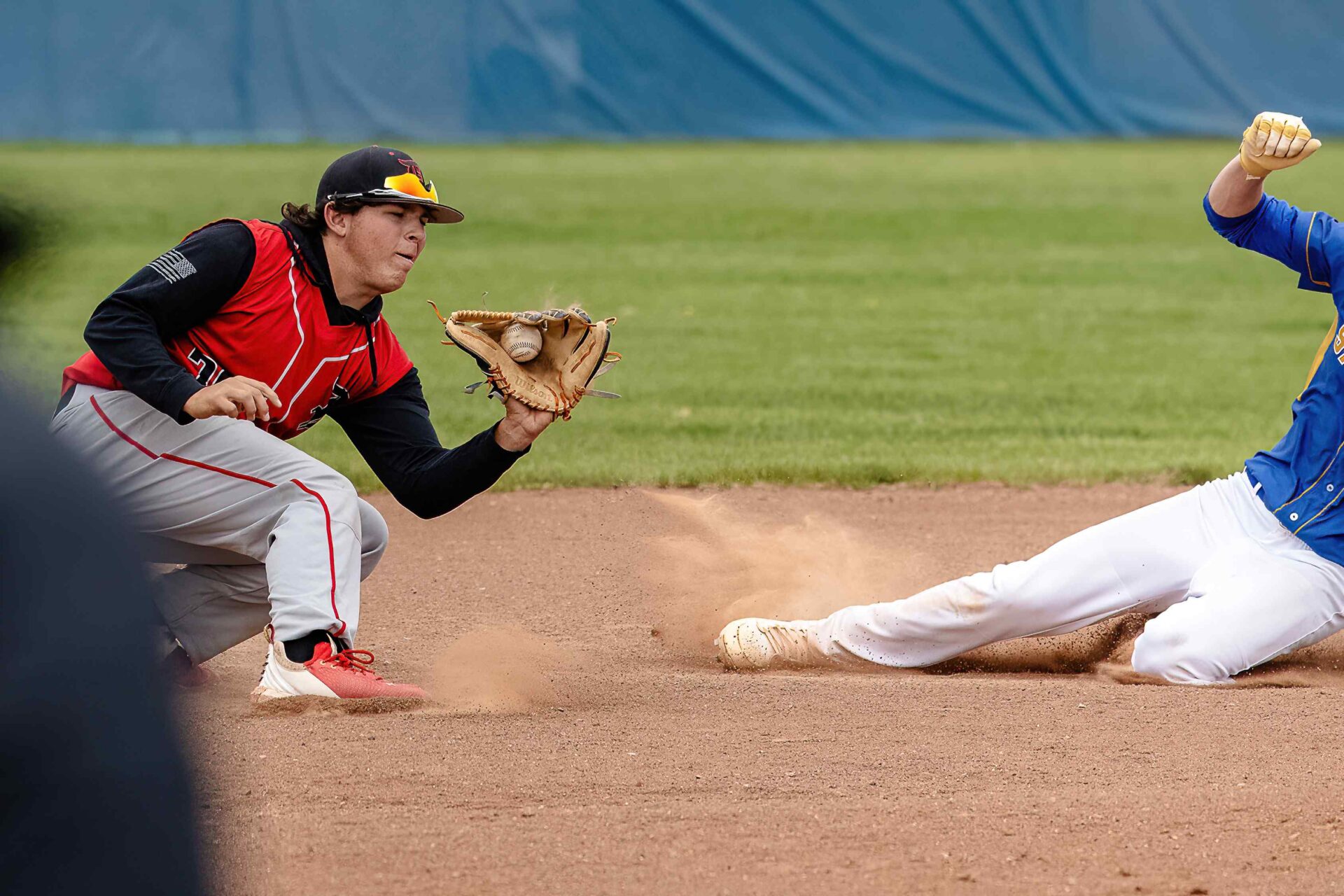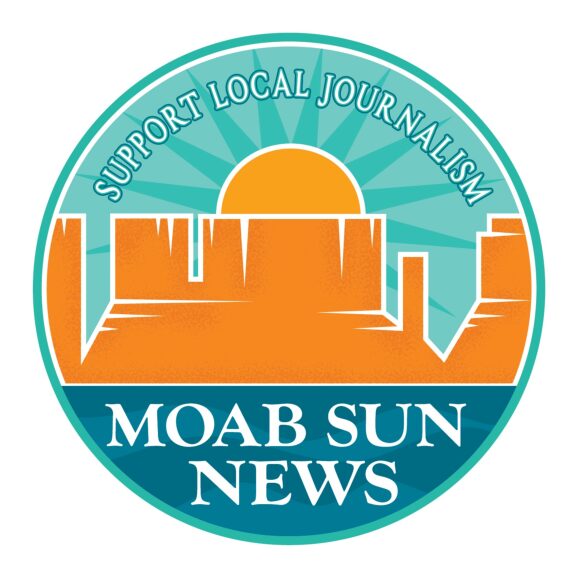
Around the turn of the twentieth century, the remote settlement of Miner’s Basin in the La Sal Mountains bustled with men seeking fortune in gold and silver mines. Mining operations largely paused during the winter months when the high alpine town became buried beneath the snow, but the Miner’s Basin community saw several years of mining activity before the easily accessible ore was exhausted, the less accessible ore seemed to dry up, and the industry dwindled.
While many memories of the town of Miner’s Basin revolve around the mining industry, Grand County residents look back on other trips to the remote settlement. Bernice Bowman, who was born in 1920 and grew up in nearby Castleton, Utah, recalled making trips to Miner’s Basin as a young girl not to mine for gold or silver—but rather to harvest snow for a special purpose.
“One time [my brother] Ken and I took our horse and rode her to Miners Basin. She was my mother’s horse, we called her Pet. We rode her up there with panniers (saddlebags). When we got to Miners Basin, we filled the panniers with snow and took them back home. We walked back home, and I don’t know how far it is from Miners Basin to Castleton, but we walked because the panniers were full of snow. When we got home we made ice cream. We put the snow in the cellar, where we had some sawdust, which would keep it from melting so fast.”

This account from Bernice Bowman (1920-2013) came from a 1997 oral history interview conducted by Bette Stanton; it is part of the Museum’s Oral History Collection. Ice cream was an extraordinarily special treat, Bowman explained, since her family’s home at the time did not have a freezer or refrigerator.
“In those days we didn’t have refrigeration to keep our food,” Bowman said. “We had a spring that went right down through our place. We would put our milk, butter, cream, and things like that that we didn’t want to spoil, in containers and put them in the spring. It was so cold, and that was the only way we could keep them from spoiling.”
The Moab Museum is dedicated to sharing stories of the natural and human history of the Moab area. To explore more of Moab’s stories and artifacts, find out about upcoming programs, and become a Member, visit www.moabmuseum.org.



